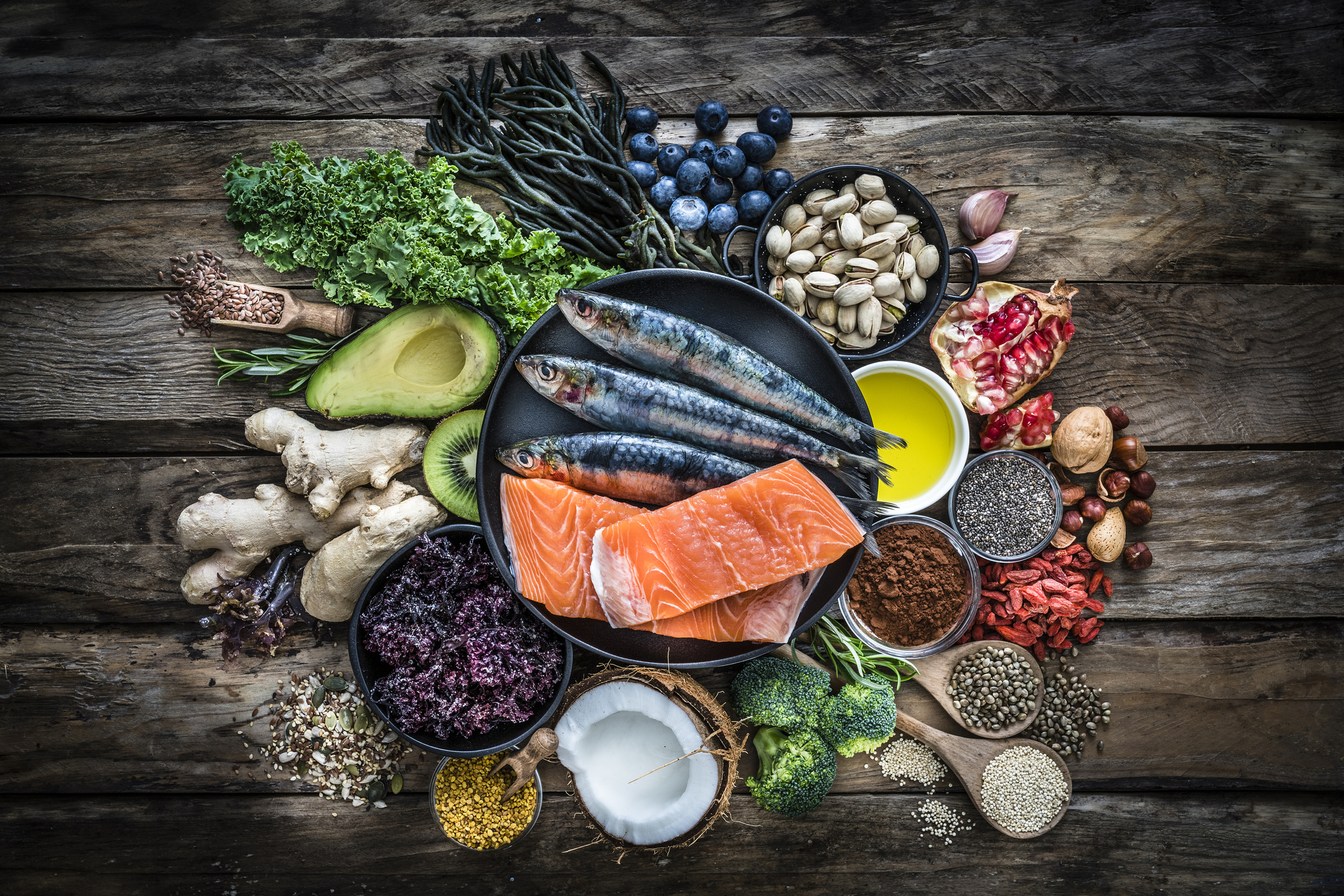
When you think of dietary fat, it may bring a negative image to mind. But the reality is: Not all fats are bad for you.
In fact, fat is necessary to keep your body functioning optimally. A precise blend of carbohydrates, protein and fat are necessary to operate all the body’s natural functions and processes.
So, why does fat get such a negative rap? It’s because some fats aren’t good for you and can actually have a negative impact on your health.

That’s why Beckie Johnson, certified nurse midwife with West Tennessee Medical Group, is taking a few minutes to break down the different fats and what you should know about each. Get the skinny:
Green Light: Unsaturated Fats
First, which fats should you be eating? While any type of fat should be eaten in moderation, the fats known as “unsaturated” are healthier for you and can even promote heart and brain health.
These types of fat—known as monounsaturated and polyunsaturated fats —come from natural sources, including vegetables, nuts, seeds and fatty fish like tuna. What makes them different, you might wonder?
It’s pretty interesting, actually. Unsaturated fats are liquid at room temperature instead of solid since they have fewer hydrogen atoms.
Where can you find these healthier fats? Monounsaturated fats are found in olive oil, peanut oil, canola oil, avocados and nuts. Those foods form the basis of the Mediterranean diet, which is a known booster for heart health.
Polyunsaturated fats can be found in corn oil, sunflower oil, safflower oil, flaxseeds, walnuts, canola oil and fatty fish, including salmon, tuna and mackerel. There are two main types of polyunsaturated fats—omega-3 fatty acids and omega-6 fatty acids, which are both helpful in preventing conditions such as heart disease and stroke.
Interestingly, this type of fat is also known as “essential,” since it’s necessary to help your body function but not produced internally by the body.
Yellow Light: Saturated Fats
Saturated fats are incredibly common in American foods. While it’s probably unlikely that you can cut them out of your diet entirely, it’s a good idea to limit them as much as possible.
This type of fat is solid at room temperature because it is “saturated” with a large number of hydrogen atoms. To picture this type of fat, think of what happens to bacon grease when it sits for a short time after cooking.
Saturated fats are found in red meat, cheese, whole-milk dairy products, coconut oil and prepared baked goods.
Eating a lot of saturated fats can increase both your total and LDL (or bad) cholesterol, which can contribute to blockages forming in the arteries. Experts recommend choosing a polyunsaturated fat whenever possible instead of a food containing saturated fats.
Red Light: Trans Fats
This is the type of fat that should be avoided. It is not a natural type of fat—it is the byproduct of hydrogenation, a process that turns oils into solids to keep them from spoiling.
The good news is: This type of fat has been banned in the United States. That’s because it has no known health value and really isn’t safe for consumption. Eating trans fats increases LDL (bad) cholesterol and decreases HDL (good) cholesterol, and it is also known to promote inflammation in the body and cause insulin resistance.
Before the ban, trans fats were found in products like margarine and vegetable shortening, which meant they were often found in restaurant foods and prepared foods such as french fries and baked goods.
The Bottom Line on Fats
Not all fat is bad! Fats are a type of nutrient that’s necessary to help the body function, giving you energy and helping the body absorb vitamins.
But it’s important to choose the right fats and to eat them in moderation, since too much of any type of fat can cause health issues.
Wondering what other steps you can take to improve your habits and your health? A checkup with your doctor is a good place to begin. Find a provider here.

